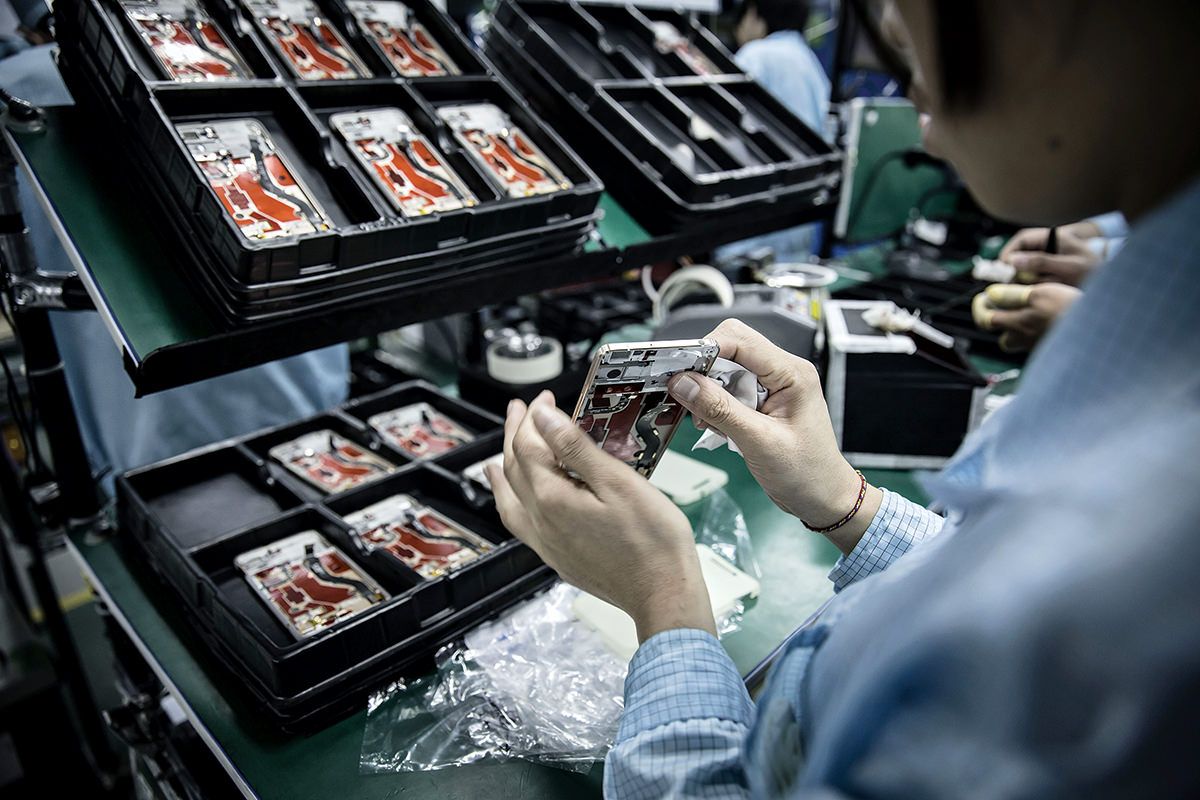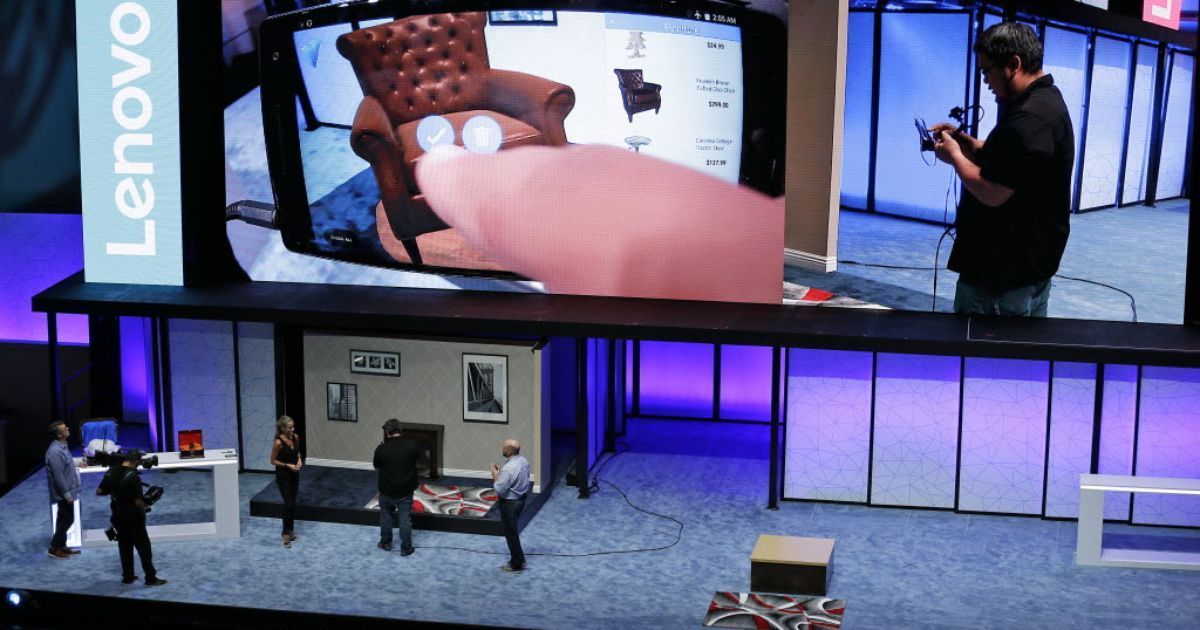If you take a selfie with a Samsung phone, you’ll notice your face looks a little different.



Definitely could see QC being Blackberry’s achilles heal.
WATERLOO — Advances in quantum computing could present a huge challenge to BlackBerry’s biggest competitive advantage — its vaunted security software that has never been hacked.
This seldom talked-about subject was raised recently by John Thompson, the associate vice-president for research at the University of Waterloo. Thompson was listening to a presentation by Mike Wilson, a senior vice-president and chief evangelist for BlackBerry, at a medical technology conference in Kitchener about a month ago.
Both quantum computing and BlackBerry have deep roots in Waterloo. BlackBerry pioneered the smartphone industry and the wireless Internet from its suburban office parks in Waterloo.


Miniaturization is one of the most world-shaking trends of the last several decades. Computer chips now have features measured in billionths of a meter. Sensors that once weighed kilograms fit inside your smartphone. But it doesn’t end there.
Researchers are aiming to take sensors smaller—much smaller.
In a new University of Stuttgart paper published in Nature Photonics, scientists describe tiny 3D printed lenses and show how they can take super sharp images. Each lens is 120 millionths of a meter in diameter—roughly the size of a grain of table salt—and because they’re 3D printed in one piece, complexity is no barrier. Any lens configuration that can be designed on a computer can be printed and used.

Very nice.
ARLINGTON, Va., 27 June 2016. U.S. military researchers are asking industry for new algorithms and protocols for large, mission-aware, computer, communications, and battlefield network systems that physically are dispersed over large forward-deployed areas.
Officials of the U.S. Defense Advanced Research Projects Agency (DARPA) in Arlington, Va., issued a broad agency announcement on Friday (DARPA-BAA-16–41) for the Dispersed Computing project, which seeks to boost application and network performance of dispersed computing architectures by orders of magnitude with new algorithms and protocol stacks.
Examples of such architectures include network elements, radios, smart phones, or sensors with programmable execution environments; and portable micro-clouds of different form factors.


Whether referred to as AI, machine learning, or cognitive systems, such as IBM Watson, a growing cadre of business leaders is embracing this opportunity head on.
That’s because their consumers are using cognitive applications on a daily basis — through their phones, in their cars, with their doctors, banks, schools, and more. All of this consumer engagement is creating 2.5 quintillion bytes of data every day. And thanks to IT infrastructures designed for cognitive workloads — that can understand, reason, and learn from all this data — organizations and entire industries are transforming and reaping the benefits.
What’s important to remember is that this sci-fi-turned-reality-show of cognitive computing cannot happen without the underlying systems on which the APIs, software, and services run. For this very reason, today’s leading CIOs are thinking differently about their IT infrastructure.

A new article considering chip implants:
Among other tragedies in Florida recently gripping America’s attention, a 2-year-old boy was snatched away from its parents by an alligator at Walt Disney World on Wednesday. I have a similar-aged toddler myself, and I followed this heartbreaking story closely. Unfortunately, it ended as horribly as it began, with the recovery of a dead child.
My presidential campaign with the Transhumanist Party is based on advocating for radical science and technology to make the world a better place for humans. As a result, for nearly two years I have been advocating for using chip implants in people to help keep them safer. Chip implants are often just the size of a grain of rice and can be injected by a needle in a nearly pain-free 60-second procedure. The implants can do a multiple array of things depending on the type. And much of the technology has been used in pets for over a decade, so it’s already been shown to be relatively safe.
I have a RFID NFC chip in my hand that is programmed to send a text saying “Win in 2016” to people who have the right type of phone. To get the text, all you have to do is put your phone by my hand. My chip can also start a car with the right software, hand out a business card electronically, or give out my medical information.
But the future of implants—as well as other wearable tech—may end up being most useful for the safety it provides.

All is promising for Biometrics and biometric informatics; however, the technologies to date leveraged in IoT and other environments for parsing, analysis (especially predictive analysis), as well as better presented needs to be improved to be of value. We have seen great progress in the collection of the information and for some basic identification capabilities it looks good; however, to truly be effective and of value we need a lot more work done in this space especially when you look at today’s landscape of collecting information in areas of IoT and processing/ analysis with big data.
The global biometrics market is projected to cross US $ 24.8 billion by 2021. Fingerprint recognition biometric systems are the most preferred type of biometric systems used across the globe, owing to their ease of use, low cost, high speed and accurate results.
Biometric systems are used across various public as well as private offices for enhancing the security of data and information, as these systems provide an accurate validation as compared to traditional methods such as ID cards, PINs, passwords, etc. Increasing use of biometrics in e-commerce and cloud computing solutions, coupled with initiatives taken by the government of various countries across the world to adopt biometrics systems for identification and verification purposes are some of the major factors driving demand for biometric solutions, globally.
Moreover, introduction of e-passports and e-visas, use of biometrics in criminal identification, increasing demand for smartphones integrated with biometric technologies and implementation of biometric technology in election administration are anticipated to drive the global biometrics market over the next five years.